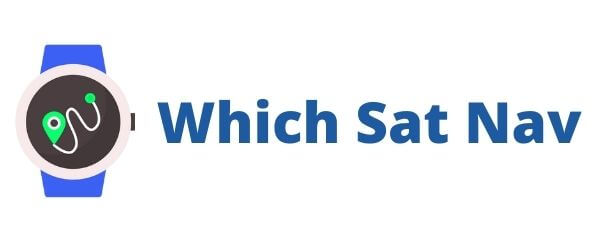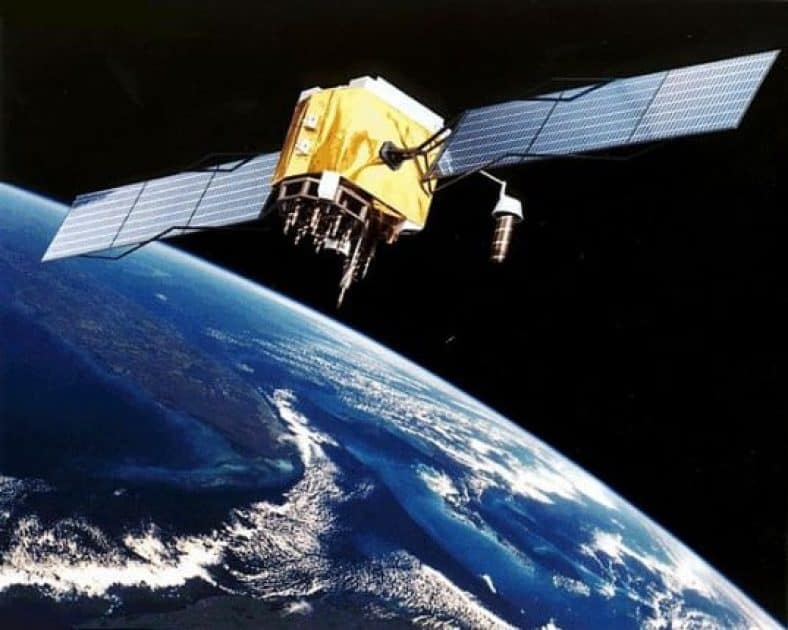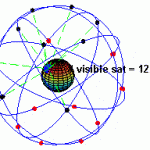That little sat nav unit that you have stuck to the windscreen of your car seems to be a little box of wonder. How on earth can such a small unit be able to tell us not only where we are but also what time we will arrive at our destination? It would appear to be a complicated bit of science that enables us to travel from A to B in an efficient manner. But is it really that complicated?
The Satellite Navigation System was originally designed for the US Military. The idea was that the system would change the face of modern warfare forever. It was designed to allow accurate pinpointing of troop and equipment locations. Their exact whereabouts and the distances between two points would be a very powerful tool for the future – a game-changer in military campaigns.
The Navstar system was launched in 1978 and the next 7 years saw a total of 24 first-generation satellites sent into orbit. Each satellite has a lifespan of around 12 years and they each orbit the earth at a distance of around 18,500 km. The various satellites have been both replaced and upgraded over the intervening years
The only difference between the military and civilian GPS systems is accuracy. The civilian system has a variance of around 12 metres, whilst the military version is accurate to within a few inches.
Following the shooting down of Korean Air Flight 007 after it had veered into Russian air space, Reagan decreed that the GPS system would be available to civilians. This would improve aviation safety for passengers as airlines could ensure that they kept on course at all times.
To this day, however, the system is still maintained by the US Military. As James May points out in the video, the US Military has the ability to turn off the system at will. If you find your GPS going blank one afternoon then perhaps there is a ‘Black Ops’ situation in your vicinity!
There are only 2 Global Navigational Satellite Systems (GNSS) in operation today. There is the GPS or Navstar system operated by the US Military and there is the GLONASS system operated by the Russian Military. There are other satellite systems currently being developed including the European Galileo system and the Chinese Compass system.
Satellite navigation, in essence, is fairly simple. Ok, the actual technology behind it all may be a little complicated but, the concept itself is relatively straightforward. We know that the Navstar system has 24 satellites in orbit. We also know that each satellite orbits the earth every 24 hours. Furthermore, each satellite contains a super-accurate atomic clock. This is the most accurate time and frequency available to us. This clock broadcasts both the time and location data to other satellites and to the clocks down here on earth.
The satellite receiver reads and measures the data from the various satellites and compares them using a triangulation method. A triangulation system uses the angles of known points in order to pinpoint an exact location. The more satellites the receiver has a fix on then the more accurate the readings. The actual mathematics utilized in order to calculate location is not actually that difficult, but there are factors that do make it a little more complicated. The receiving unit will usually make some allowances for the satellites being constantly in motion and for the earth being an imperfect sphere in shape.
This same method of calculation is utilized by all GPS units including your car navigation systems, your running watches, and by your smartphones. The receivers may all be different sizes but they do all work on the same basis.
When I turn on my GPS watch before going for a run I have to wait until it finds the satellites and provides a “fix” on my location. In general, this takes around 20 – 30 seconds before it has located my position (the time this takes depends on where you are and what device you are using). Many devices today use a system of satellite caching in order to speed up the satellite acquisition process – it will find you quicker outside your home as it remembers your previous locations to an extent. Also, the more satellites that my device can see than the more accurate my location data.
In order to ensure that our vehicle satellite navigation units work correctly and safely manufacturers have introduced a number of other clever sensors.
- Accelerometer – it helps the sat nav understand it’s surroundings better. It can warn you when you are travelling too fast and are breaking the speed limit
- Compass – it helps with orientation, particularly when you are starting your journey
- Auto correct feature – the receiver will always presume that you are travelling on the road. If the readings are a little different then it will place you on the road for the purposes of navigation
- Inertial measurement unit – this is not in most receivers but when fully introduced to the market. This will allow receivers to work underground in tunnels or inside buildings
Hopefully, this article has explained a little of how that little box on your dashboard functions using the satellite systems orbiting the earth. It’s all pretty incredible when you stop and think about it……..and if you’d like to get one, then head over to our review page to compare the latest GPS devices.




